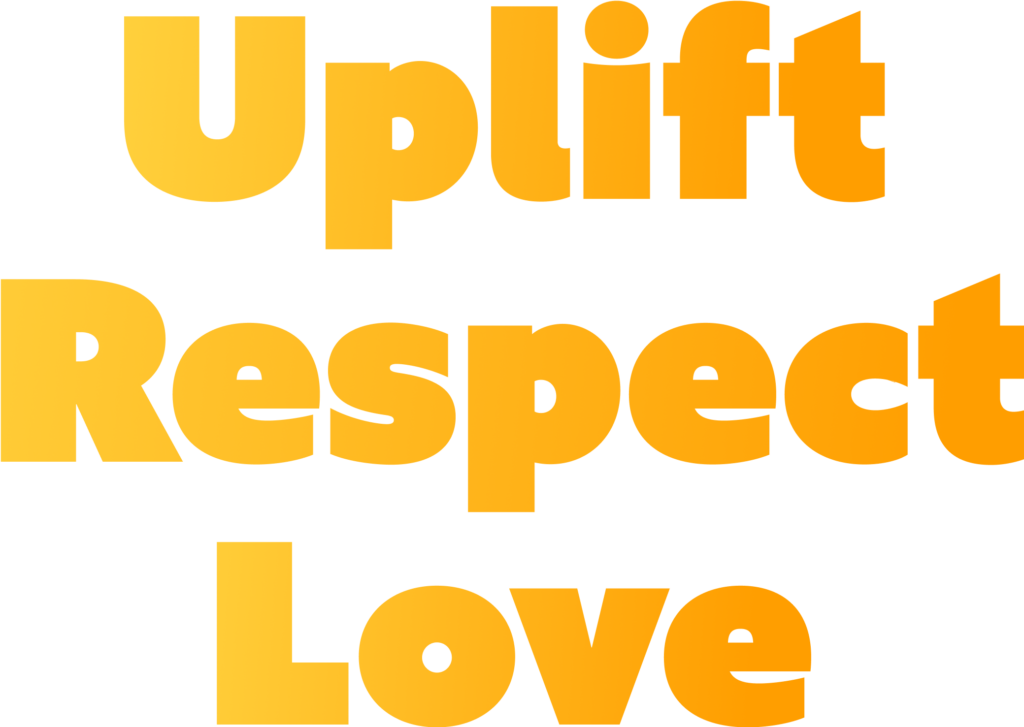In the latest episode of “Meet the BIPOC Press,” we dove deep into the causes and potential impacts of the Supreme Court’s recent decision to end the use of race in college admissions. For those hungry to dive deeper into the topic, we’ve curated a list of recommended reading that echoes, complements, and expands on our latest episode, which you can watch in full above.
Theme #1: Affirmative Action & Asian Americans

“The Myth of the Model Minority: Asian Americans Facing Racism” by Rosalind S. Chou and Joe R. Feagin. Claire Jean Kim’s revelation on affirmative action showcased a patchwork of Asian American sentiments about the policy. But what forces shaped these diverse on affirmative action? Chou and Feagin rip through familiar stereotypes, exposing the deep-rooted racism targeting even the “model minority.”
Theme #2: Media’s Role in Shaping Racial Narratives

“Race and Resistance: Literature and Politics in Asian America” by Viet Thanh Nguyen. Echoing Tensley’s searing indictment of media’s selective blindness, Nguyen dives into the origin and “saturation of capitalist practices” in Asian America, using literature to make his case. His objective? To grapple with and showcase Asian Americans’ rich ideological diversity and its provenance.
Theme #3: North Carolina’s Racial Underbelly

“Blood Done Sign My Name: A True Story” by Timothy B. Tyson. North Carolina, in Tensley’s words, is America’s racial heartbeat—a microcosm that provides insightful histories to help us unpack race relations and realities in America. Tyson’s raw chronicle navigates its palpable tensions, exposing the unhealed wounds and buried tales of racial animus.
Theme #4: Our Unresolved Racial Past and Present

“The New Jim Crow: Mass Incarceration in the Age of Colorblindness” by Michelle Alexander. Sara Lomax reminded us of America’s racial blind spots; Alexander’s incisive analysis forces our eyes wide open. Unveiling systemic racial oppression, she reveals how yesterday’s chains have morphed into today’s institutional barriers.
Theme #5: Joining the Fight: Our Role in Social Change

“How to Be an Antiracist” by Ibram X. Kendi. Claire and Sara issued a challenge: Not just to bear witness, but to act. Kendi’s guide pivots from passive acknowledgment to aggressive action against racism, providing the blueprint for dismantling age-old racial constructs.

